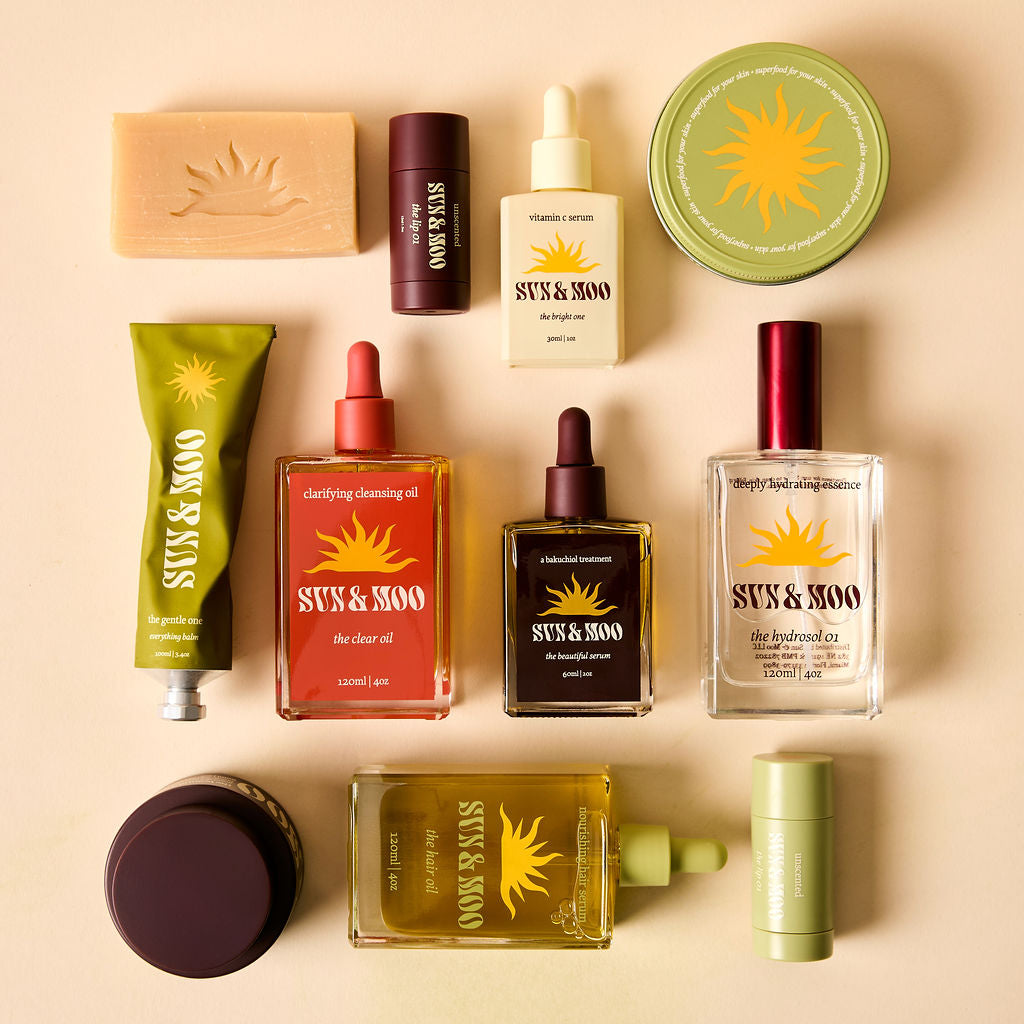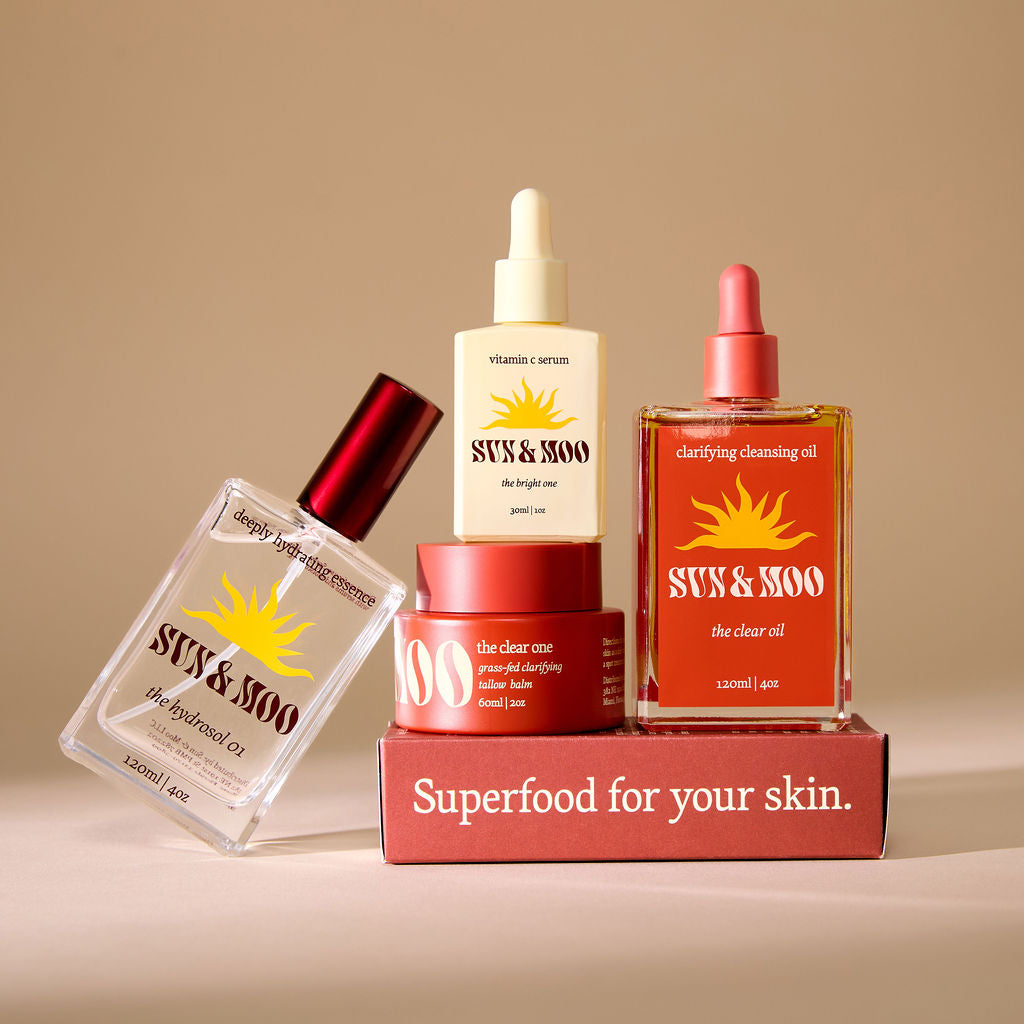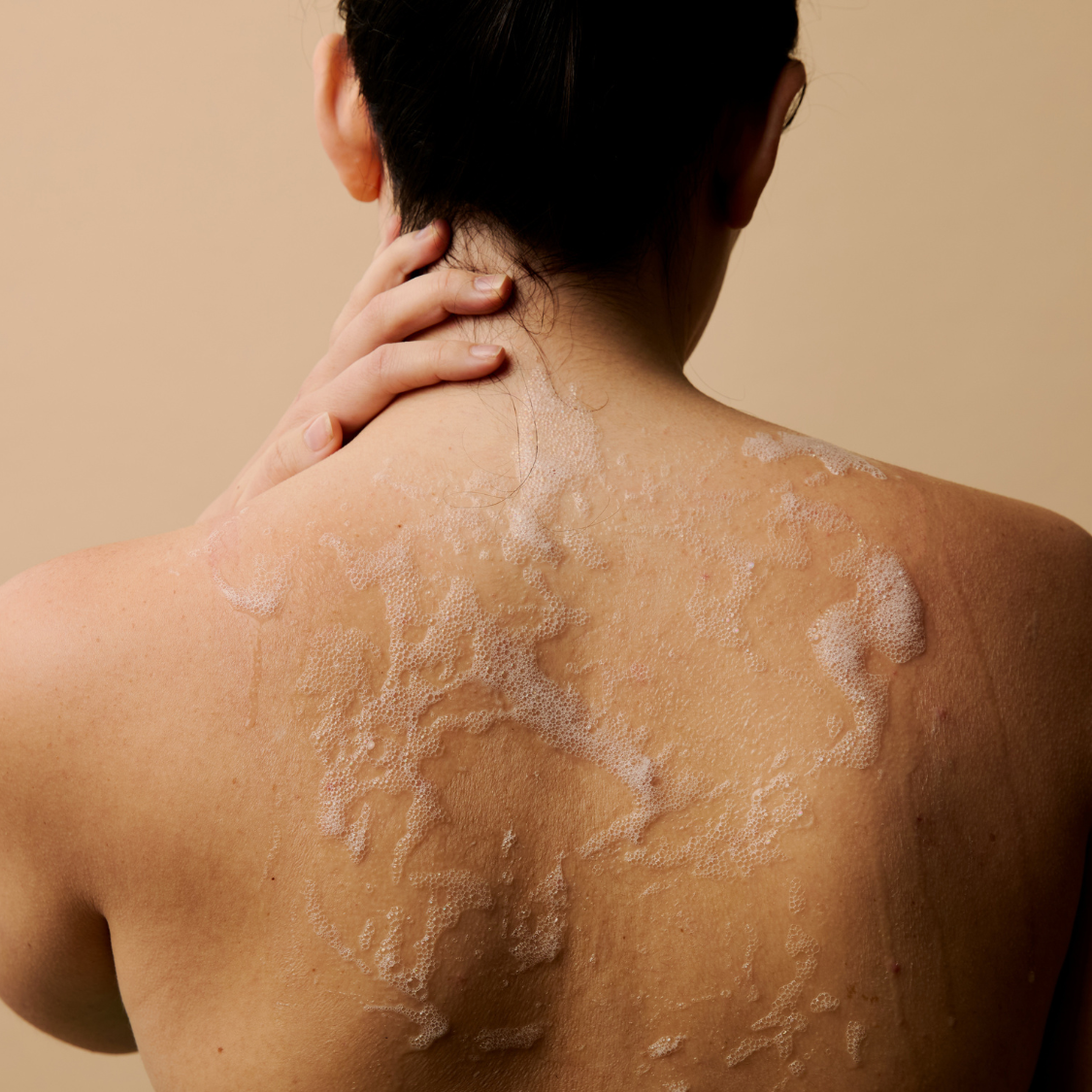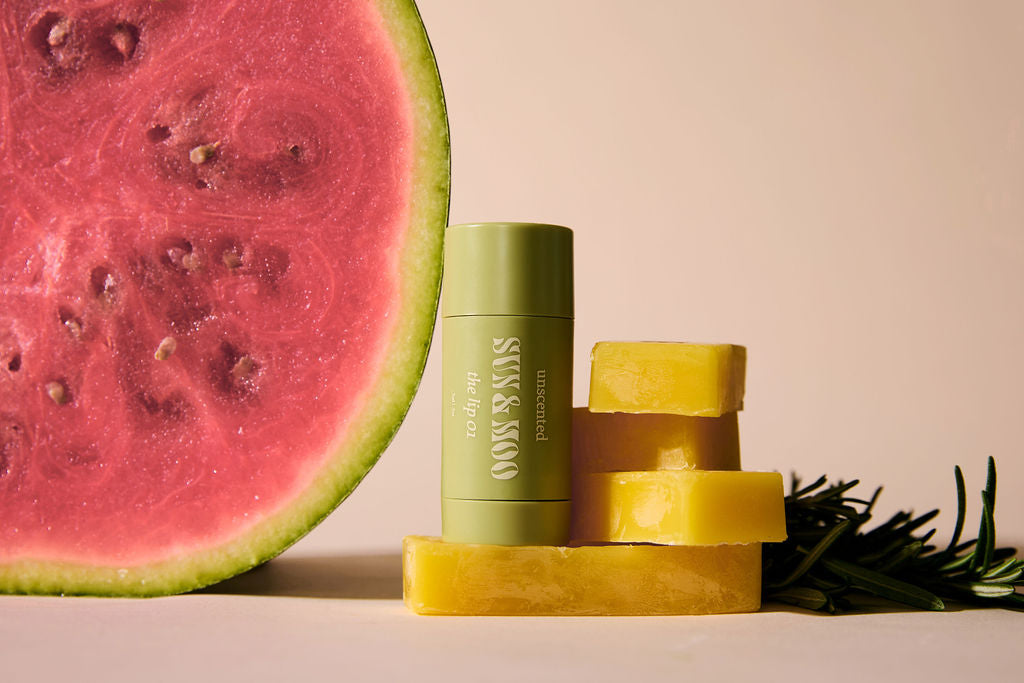More and more people are using beef tallow as a moisturizer in their skincare routine, which raises the question…What is the hype?
Tallow, an ancient beauty secret, has become increasingly popular over the past few years due to its bioavailable nutrient profile and natural essence. Tallow is rich in antioxidants and essential fatty acids, which together aid to nourish the skin on a deep level, helping to lock in moisture, reduce inflammation, minimize signs of aging (fine lines and wrinkles) and even helps to support skin conditions like acne, eczema and psoriasis.
Fun fact, tallow is biocompatible to the protective barrier of the skin [1], making it easily absorbable and supportive of the integrity of the barrier. A happy and healthy skin barrier = happy skin!
Related articles: Understanding Skin Barrier Function and How to Care for It

Where Does Tallow Come From?
Tallow is just a fancy word for purified, rendered suet, which is a type of fatty tissue that surrounds organs. We use kidney suet from grass-fed and finished cows – grass-fed tallow is more nutrient-rich compared to grain-fed [2].
What makes our brand stand out in the tallow industry:
- Our unique rendering process
- Our use of high-quality sourced ingredients like grass-fed tallow and organic oils, herbs and flowers
- Our products are made without phthalates, parabens or any other questionable ingredients

The Comedogenic Scale
Despite tallow being rich in fats, it has a rating of 2 on the comedogenic scale making it a non-comedogenic ingredient.
The comedogenic scale is a rating system that scores how likely a specific ingredient, like various fats and oils, will cause a comedone (a scientific name for a clogged pore) [3]. This rating scale can be particularly helpful for those with acne-prone skin for this very reason! For those with acne-prone skin, clogged pores can lead to the formation of inflammatory acne.
-
0: Will Not Clog Pores
-
1: Low Probability
-
2: Moderately Low
-
3: Moderate
-
4: Fairly High
-
5: High Probability
If you are acne-prone or have sensitive skin, it is recommended to stick with products/ingredients that are between 0 and 2 on the scale.
Which Oils Are Non-Comedogenic?
Now that you have some insight on scoring, here are some examples of oils/fats in terms of the rating scale:
- 0: Argan oil, shea butter, Abyssinian seed oil
- 1: Castor oil, pomegranate oil, emu oil
- 2: Tallow, jojoba oil, tamanu oil, baobab oil, olive oil, almond oil
- 3: Avocado oil, date seed oil
- 4: Coconut oil, cocoa butter, marula oil
- 5: Wheat germ oil
Without knowing about the comedogenic scale, it makes sense why someone would think that all fats in general can clog pores, but it isn’t so black and white!
When it comes to using tallow, most people actually see improvements in their skin!
In fact, many of our customers have seen massive improvements with their acne using our tallow balms.
If you struggle with acne, tallow could be what your skin is missing!
See what our customers are saying about The Clear One
Sources
- Tallow, Rendered Animal Fat, and Its Biocompatibility With Skin: A Scoping Review - PMC (nih.gov)
- Fatty Acid Composition of Grain- and Grass-Fed Beef and Their Nutritional Value and Health Implication - PMC (nih.gov)
- What Is Comedogenicity, and What Ingredients Are Comedogenic? The Full Story - Acne.org








